As soon as Fender came out with this bass, a faithful replica of Flea's '61 shell pink Jazz Bass with roadworn finish, it jumped right on the top of my wishlist.
I ordered it from Thomann about 8 months ago and it has been my main bass since. I use it for rock and funk mainly, but it is just as versatile as any Jazz Bass.
The Pros:
- The build quality is great. Although this bass is made in Mexico, its quality is on par with American made instruments.
- The Fender Jazz Bass sounds. Want a growly tone? Or rather a Jaco-like low-passed bridge pickup tone? This bass has them all, with incredible sustain.
- The neck is super comfortable and really fast.
- The finish. Pictures don't make justice here, but in live the road worn look is totally convincing, in my opinion. Even the tuning gears has an oily wash on them. If this is your thing, you will love the looks of this bass. By the way, the shell pink color is not a bright, vibrant pink, but a faded, tastful one. This JB is a true beauty.
The Cons:
- The electronics inside have virtually no shielding, and as a result it is prone to picking up quite some noise. Sure, this is the replica of a '61 model, and basses back then didn't really use any shielding, so this bass doesn't have it either. Nothing that can't be fixed, but still, this is a major disadvantage.
- This is not related directly to the bass, but the gigbag that comes with it is pretty "meh". I don't have the feeling that it would adequately protect the instrument, so I have been using a Thomann gigbag instead which is much sturdier and has more pockets.
Great bass overall, and considering that this is a signature series bass, the pricing is really nice too.


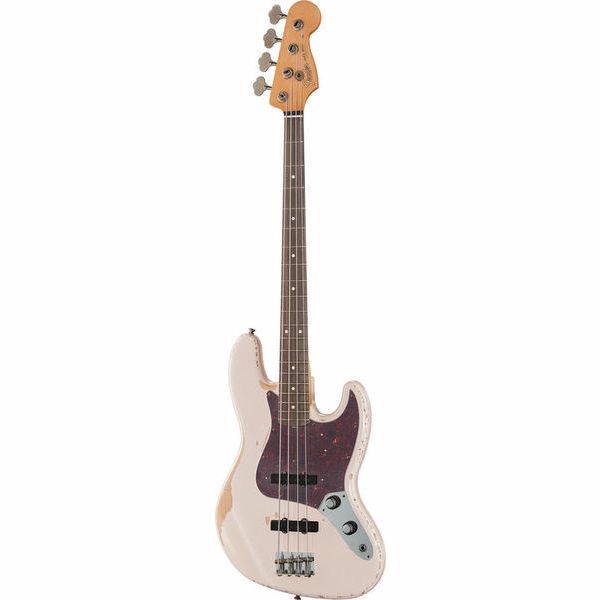
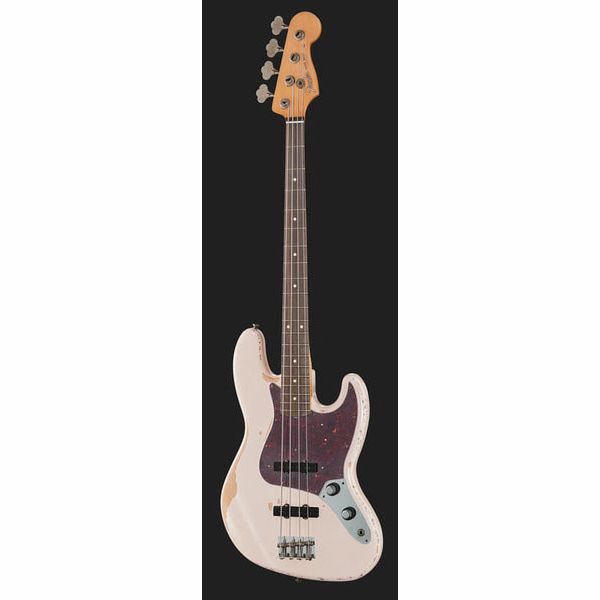
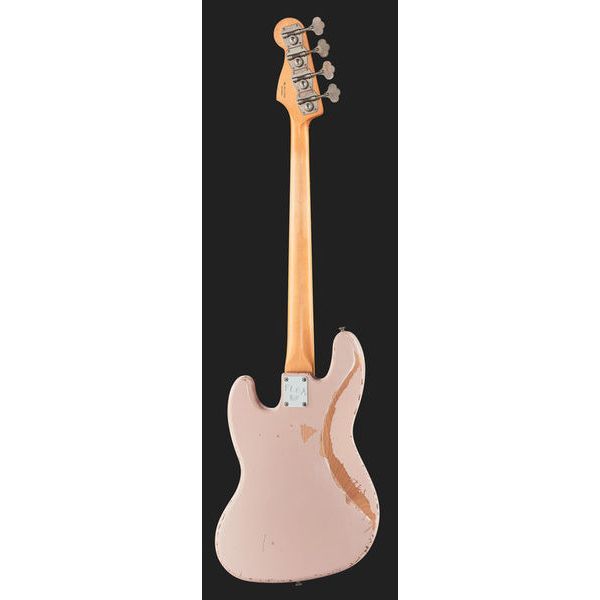
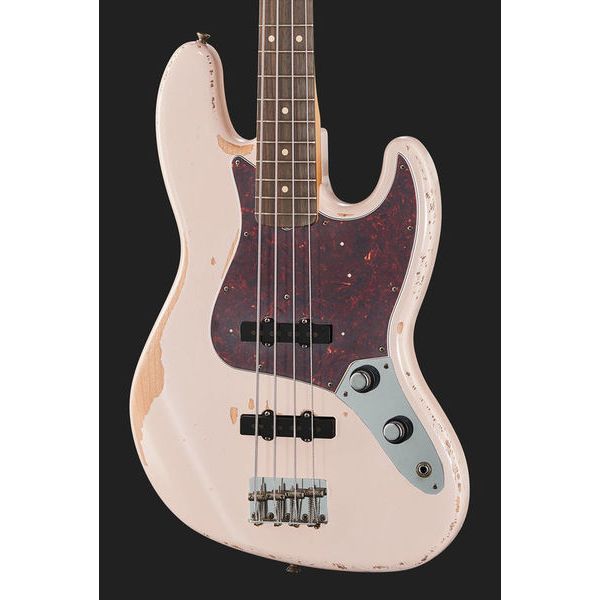
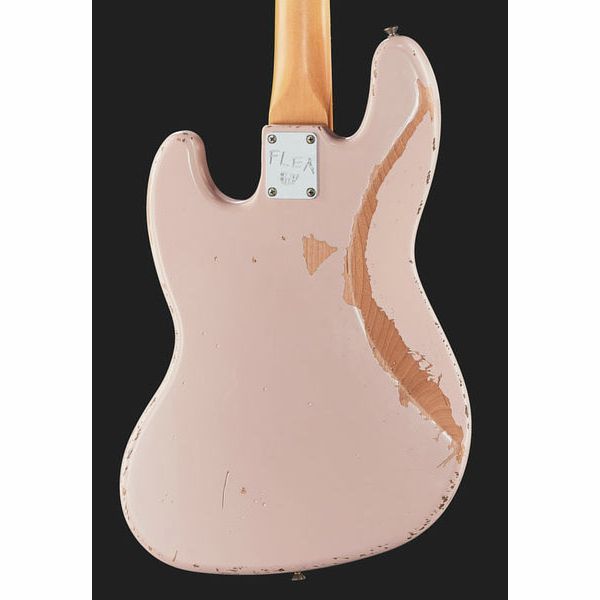
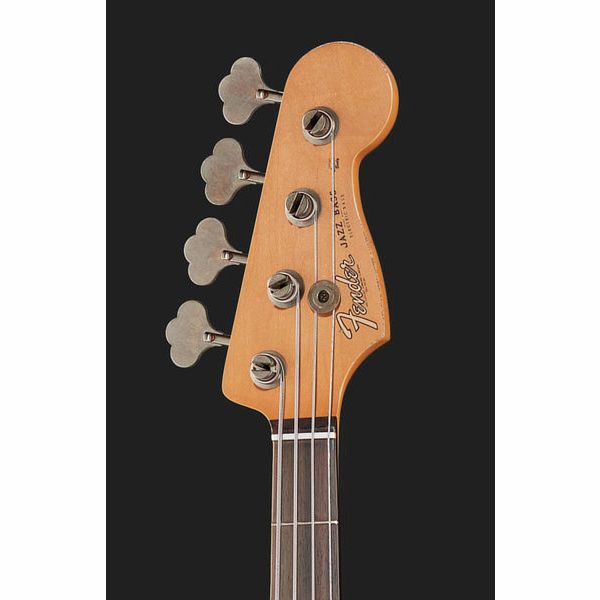
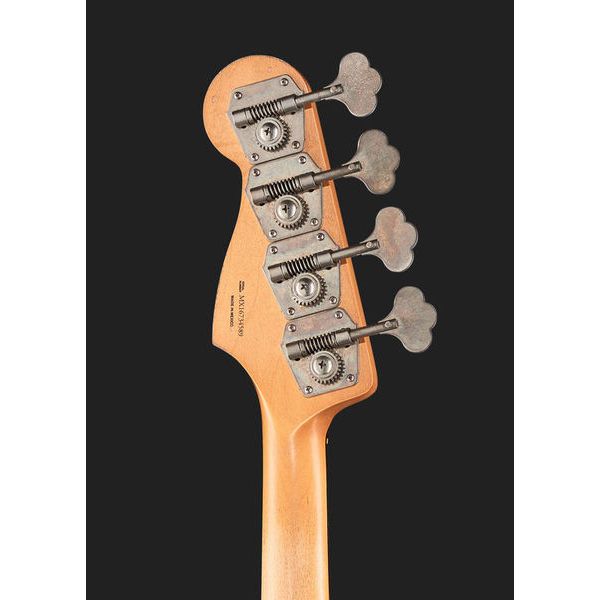
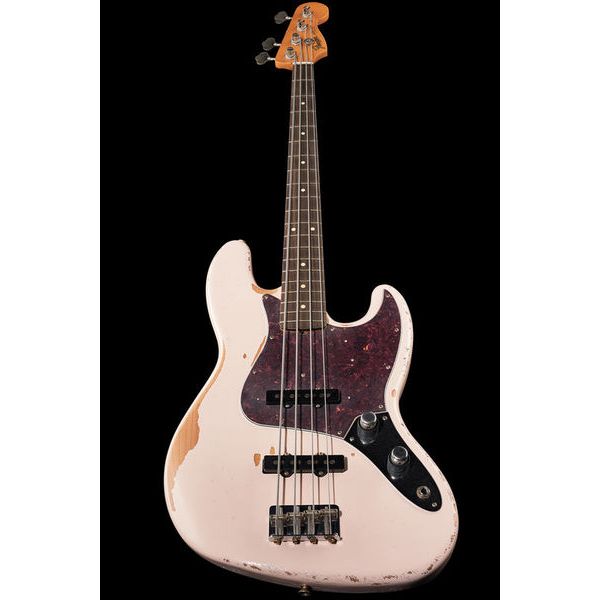
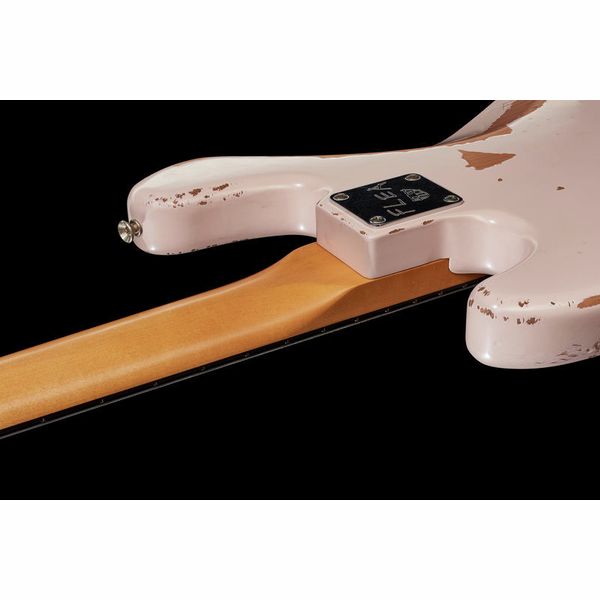
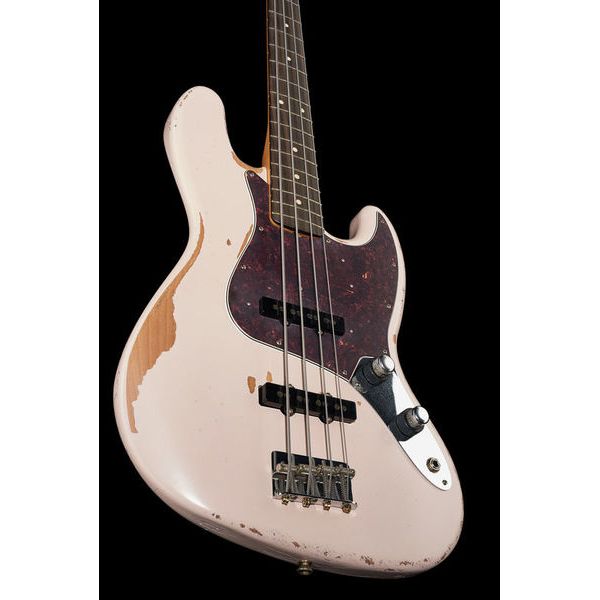
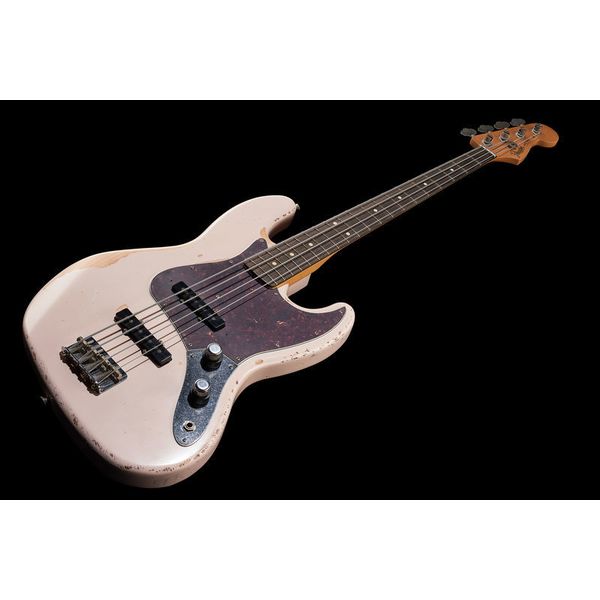
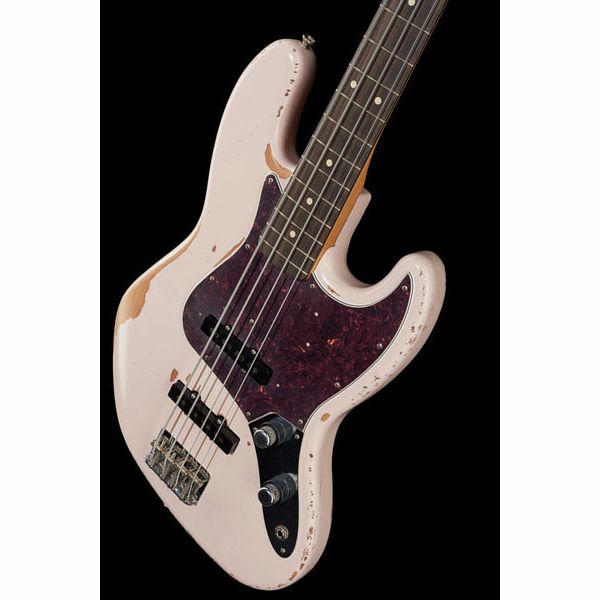
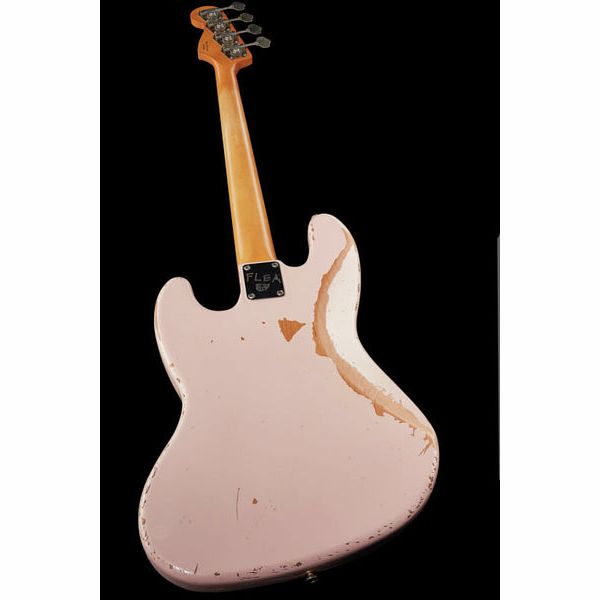
















)
)
)
)
